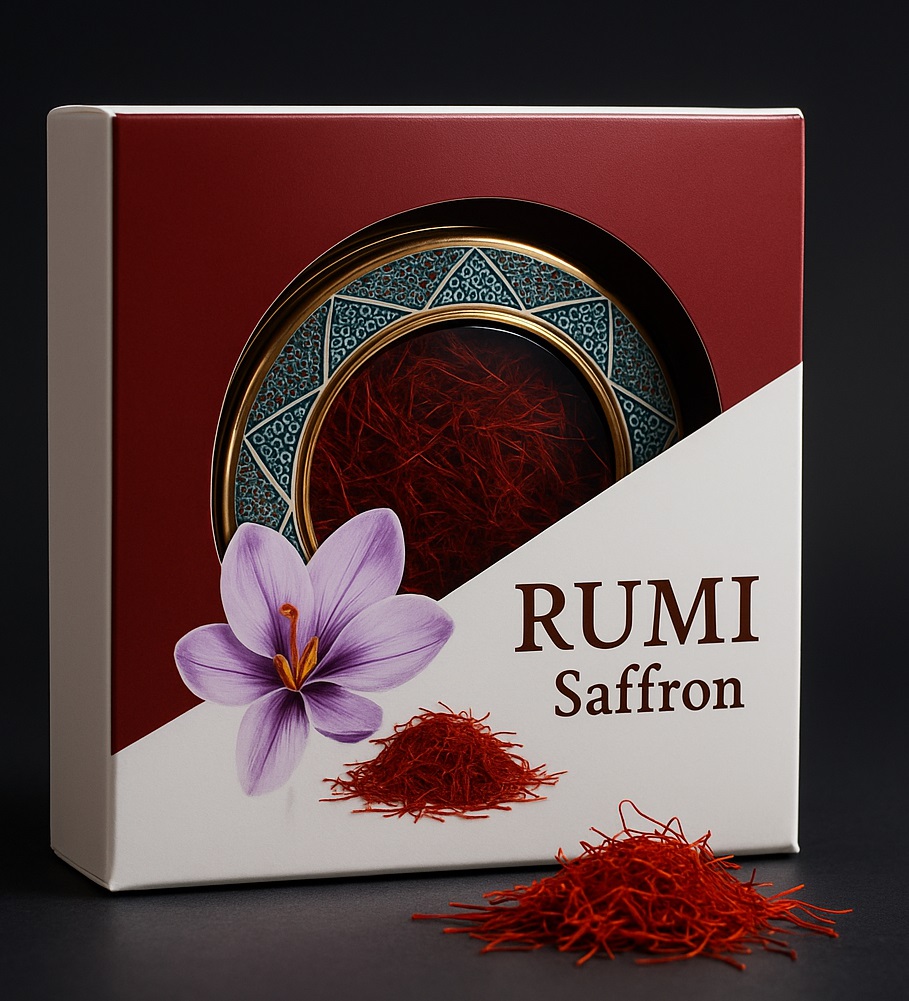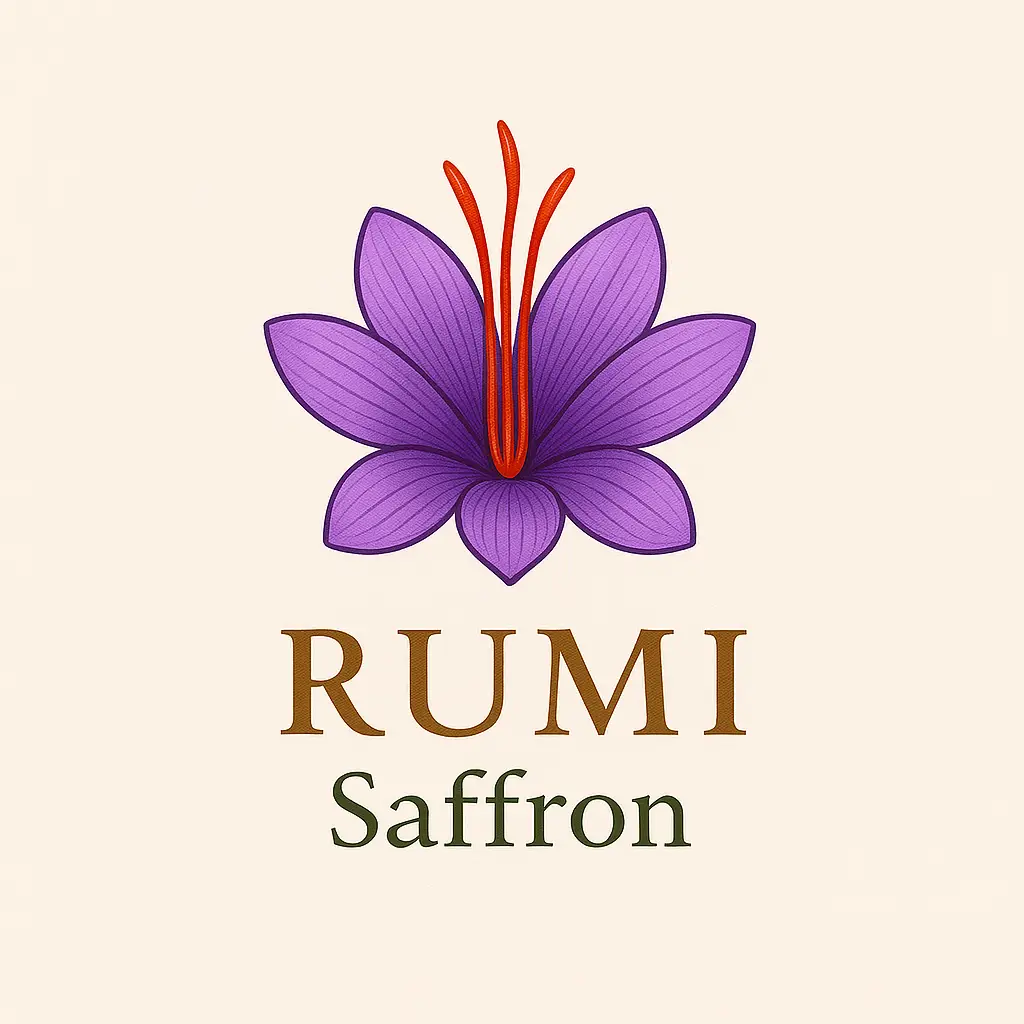No products in the cart.
Return To ShopSaffron FAQ – This page provides trusted answers to the most frequently asked questions about saffron quality, health benefits, pricing, storage, and more. Whether you’re curious about Afghan saffron or general saffron use in Europe, we’ve got you covered.
Welcome to the Ultimate Saffron FAQ
Saffron FAQ pages are essential for anyone looking to understand the world’s most precious spice. Whether you’re a curious home cook, a health-conscious consumer, or a gourmet chef, this saffron FAQ will provide trusted answers to the most frequently asked questions about saffron’s origin, quality, pricing, health benefits, and proper usage.
At RUMI Saffron, we believe that transparency builds trust. That’s why we created this saffron FAQ section: to help you make informed decisions when buying saffron and to clarify the most common concerns our German and European customers have expressed in stores, markets, and online.
This page covers a wide range of saffron-related topics—from how to identify real saffron, to how it’s used in cooking and wellness. Every answer has been carefully written based on scientific facts, industry insights, and our direct experience as a saffron importer and seller in Europe. Start reading and become a saffron expert today!
Saffron is the dried red stigmas (threads) of the Crocus sativus flower. It’s known as the “red gold” for its unique aroma, color, and high value.
11 Impressive Health Benefits of Saffron:
Real saffron threads are trumpet-shaped, with a deep red color and a distinct aroma. Fake saffron may be colored corn silk or fabric threads. Try soaking a strand in warm water – natural saffron releases a golden yellow color slowly.
This is one of the most common questions we address in our Saffron FAQ to help you make safe and informed choices.
Yes, when used in small quantities (a few strands per day), saffron is safe and may even support mood, sleep, and digestion. But overuse (more than 1.5g/day) can cause side effects.
Keep saffron in an airtight container away from light and moisture. A metal tin is best
RUMI Saffron stays fresh in light-proof metal containers

Each flower produces only 3 stigmas, all hand-harvested. It takes ~150,000–200,000 flowers to make 1 kg, driving high labor costs.
Typically 4–20 threads per recipe. Use a pinch (0.02–0.05 g) per serving for color and aroma. Soak in warm water or milk before adding.
Yes—rich in antioxidants. Studies show mood‑lifting, anti‑depressant, and possible eye health benefits.
Rare at culinary doses. Over 5g/day may cause nausea, dizziness. Consult a doctor if pregnant or taking medication.
High medicinal doses should be avoided—consult your doctor.
Saffron FAQ
Used in perfumes, textile dyeing, cosmetics, and traditional medicine
Learn more about saffron’s scientific benefits on MDPI.
Afghanistan (Herat), Iran (Khorasan), Spain (La Mancha DOP).
The price of pure, natural, and unadulterated saffron can vary widely depending on its origin, quality grade, and the volume purchased. On average, top-grade saffron — free from additives and harvested by hand — can range from €10,000 to €20,000 per kilogram in the European market. Saffron from Afghanistan and Iran tends to offer the highest quality due to ideal climate and traditional harvesting methods. Bulk purchases may result in lower prices per gram, while smaller quantities are often sold at a premium. Always make sure to compare quality, not just price.
Our saffron is stored in light-proof, sealed metal containers and sourced directly from trusted family farms in Herat, Afghanistan. Each batch is inspected for purity and aroma.
es, saffron is widely used in teas, milk drinks, and desserts such as custards or rice puddings. Learn more about creative uses in our Saffron FAQ.
read more :
https://saffronrumi.com/rumi-blog/
